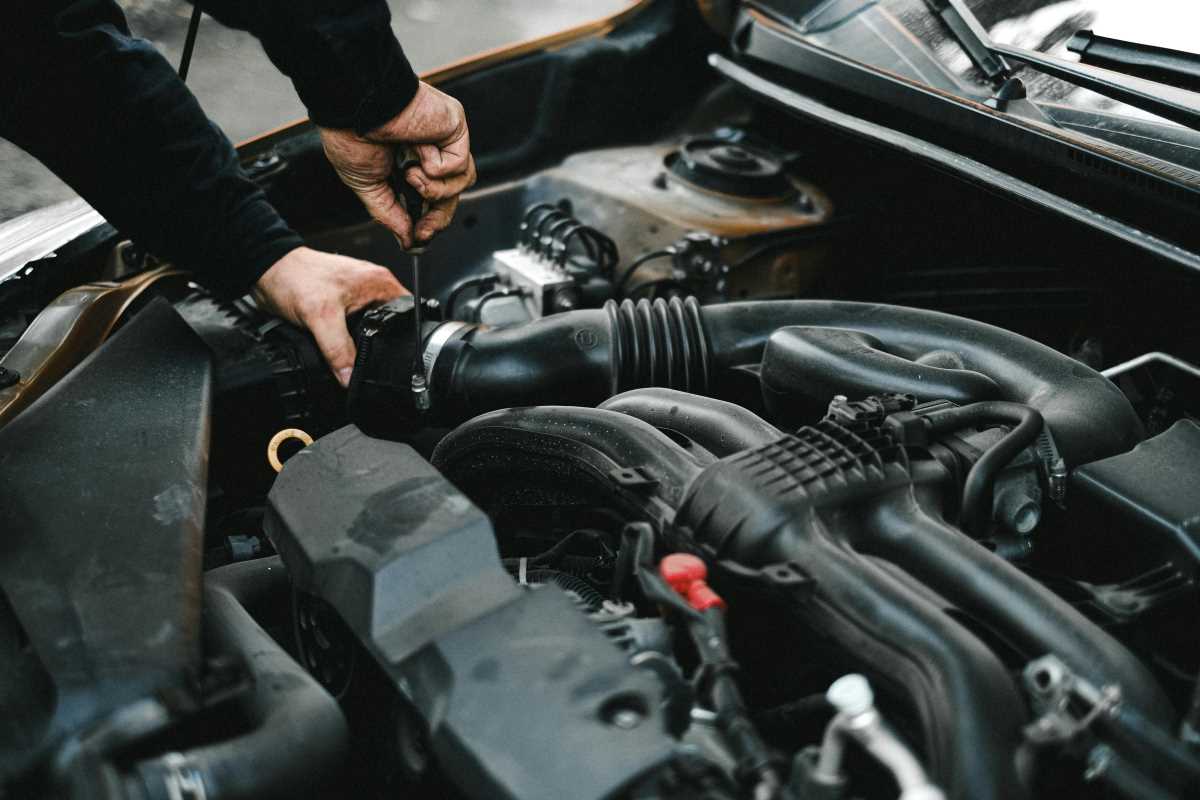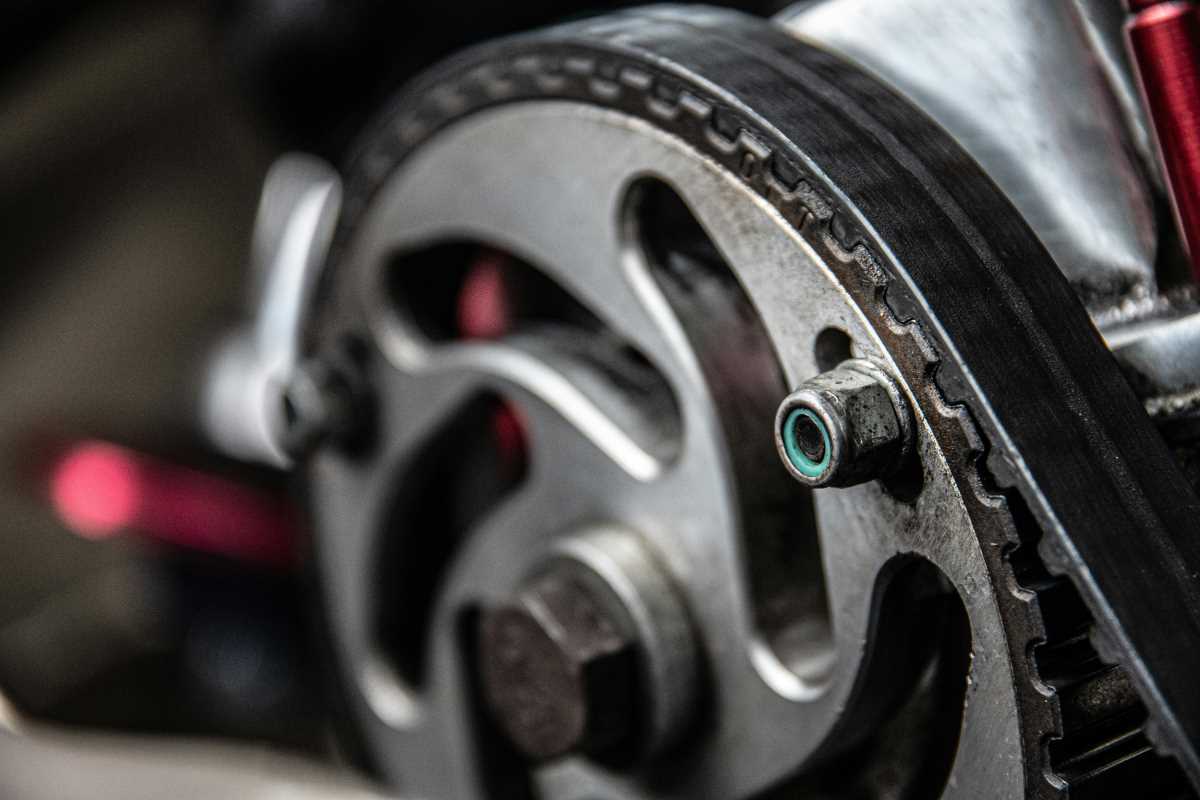Planning a road trip? Whether it’s a cross-country adventure or a weekend getaway, preparing your car is one of the most important steps for a smooth and safe drive. Your car is about to cover a lot more miles than usual, which can put added stress on its components. Proper preparation ensures your car can handle the extended driving demands, keeps you safe, and prevents breakdowns. Here’s an FAQ guide covering everything you need to know to get your vehicle road trip-ready and ensure a stress-free experience.
Pre-Trip Maintenance
What Fluids Should You Check Before a Road Trip?
Your car relies on several fluids for optimal performance, and neglecting them could lead to trouble.
- Engine oil: Ensure it’s at the correct level and not too dark or dirty. If it’s close to your scheduled oil change, have it done before your trip.
- Coolant: Check the coolant level and top it off if it’s low. Ensure it’s the correct mix for the season.
- Brake fluid: Verify the brake fluid is clean and at the proper level.
- Transmission fluid: Inspect for correct level and color. Add fluid or schedule a service if needed.
- Windshield washer fluid: Fill up with a cleaning solution, especially for clearing bugs or dirt during long drives.
Pro Tip: Carry a small bottle of each fluid in your trunk for emergencies.
How Should You Check Your Tires?
Your tires play a critical role in safety and fuel efficiency.
- Pressure: Use a tire pressure gauge to ensure each tire matches the recommended PSI, which you can find in your owner’s manual or on a sticker inside the driver’s door. Adjust pressure as needed, including the spare tire.
- Tread depth: Use the penny test (insert a penny into the tread with Lincoln’s head down; if you can see the top of his head, it’s time for new tires).
- Visual inspection: Look for cracks, bulges, or objects lodged in the tire. Replace damaged tires before hitting the road.
- Rotation and alignment: If it’s been a while, rotate your tires and have your alignment checked to ensure even wear and better handling.
Bonus Tip: Consider using all-season or performance tires suited to your trip’s climate.
How Do You Prepare Your Brakes?
Your brakes must be in top shape for a road trip, especially if you’ll encounter winding roads, steep hills, or heavy traffic.
- Inspect the brake pads: If they’re worn down or close to their replacement thickness (typically less than 4mm), replace them before you travel.
- Listen for noises: Squealing or grinding when braking can indicate worn pads or rotors.
- Test the brake pedal: If it feels spongy or unresponsive, it might indicate air in the brake lines or low fluid.
Reminder: Schedule a professional brake inspection as part of your pre-trip maintenance.
Why Is Battery Health Important for a Road Trip?
A weak or failing battery can leave you stranded, especially if you’re traveling through remote areas.
- Check the terminals: Ensure they’re clean and free of corrosion. Use a mixture of baking soda and water to clean them if needed.
- Test voltage: A fully charged battery should read around 12.6 volts when the car is off. Most auto shops can test your battery for free.
- Check battery age: If yours is over three years old or nearing warranty expiration, consider replacing it for peace of mind.
Quick Tip: Carry jumper cables or a portable jump starter just in case.
Comfort and Safety Essentials
What Should Be in Your Emergency Kit?
An emergency kit is a must for any road trip and ensures you’re prepared for unexpected setbacks.
- Basic items:
- Flashlight (with extra batteries)
- Jumper cables
- First aid kit
- A multi-tool or basic set of tools
- Reflective triangle or road flares
- Additional items:
- Blanket and gloves (for cold weather)
- Water bottles and snacks
- Phone charger and power bank
- Tire repair kit or sealant
- Duct tape (great for temporary fixes)
Bonus Tip: Tailor your kit to your destination. For example, bring plenty of sunscreen and extra water for desert areas.
How Do You Stay Comfortable During a Long Drive?
Comfort goes a long way when you’re spending hours behind the wheel.
- Seat adjustment: Adjust your seat and headrest for a proper driving position. Use a lumbar support cushion if needed.
- Air conditioning: Test your AC system before you leave to ensure it’s cooling properly.
- Entertainment: Create a playlist, download audiobooks, or set up your favorite podcasts.
- Snacks and drinks: Keep easy-to-reach, non-messy snacks and a reusable water bottle to stay hydrated.
Driver-Friendly Tip: Take frequent breaks (every 2–3 hours) to stretch your legs and stay alert.
Should You Update Your Navigation Tools?
Having reliable navigation tools can prevent frustration and keep you on track.
- GPS updates: If your car’s GPS relies on offline maps, make sure they’re updated.
- Mobile apps: Download navigation apps with offline capabilities (like Google Maps).
- Route planning: Research your route ahead of time, noting rest stops, gas stations, and possible detours.
Tip for Adventurers: Keep a paper map as a backup for areas with poor cell service.
Other Key Preparations
Are There Any Lights or Electronics to Check?
Functional lights and electronics are critical for safety and convenience on the road.
- Headlights: Replace dim or burned-out bulbs. Adjust aim if they’re not aligned correctly.
- Tail and brake lights: Ask someone to help check that they illuminate correctly.
- Turn signals and hazards: Ensure they’re working to avoid confusion or accidents.
- Charging ports: Test all USB and cigarette lighter ports to ensure they’re operating, especially for dashboard cameras or GPS devices.
Quick Tip: Pack spare bulbs and fuses for unexpected failures.
How Should You Prepare for Weather Changes?
Road trips often expose you to a variety of weather conditions, so be prepared to adapt.
- Extreme heat: Bring sunscreen, sunglasses, and consider a sunshade for your windshield.
- Heavy rain: Ensure your windshield wipers are in good condition. Refill washer fluid and check that your defroster works properly.
- Cold weather: Pack an ice scraper, shovel, and extra blankets if traveling through snowy areas.
Check the weather forecast for your route and destination, and plan accordingly.
What Fuel and Efficiency Tips Should You Follow?
Fuel efficiency can save you money and reduce the number of stops along the way.
- Fill up early: Start your trip with a full tank, and don’t wait until you’re running low before refueling, especially in remote areas.
- Maximize MPG: Keep tires properly inflated, drive at a steady pace, and avoid unnecessary idling. Reduce excess weight by removing gear you don’t need.
- Use apps: Find gas stations with the best prices using apps like GasBuddy.
Pro Tip: Carry a gasoline can for emergencies, but only fill it if necessary.
 (Image via
(Image via





